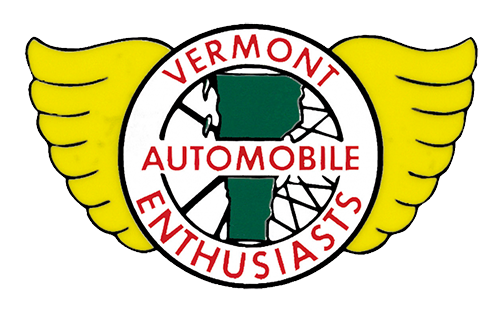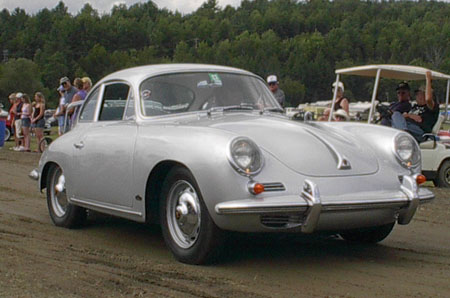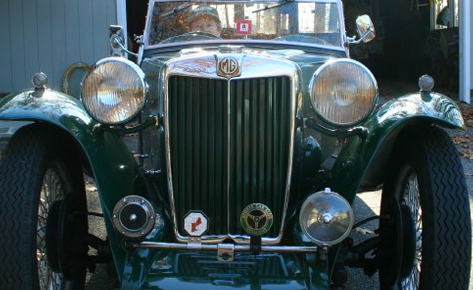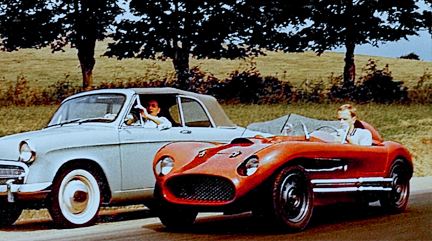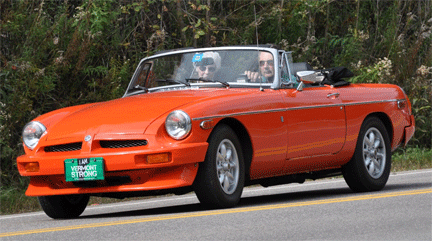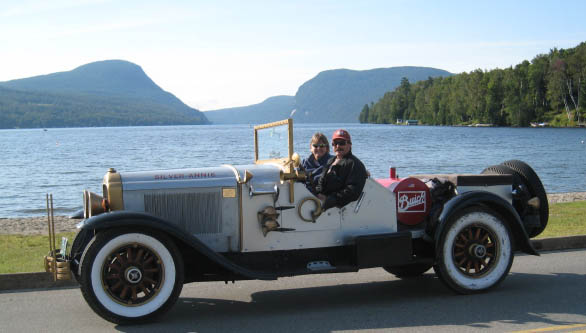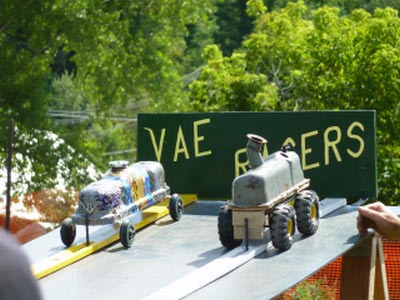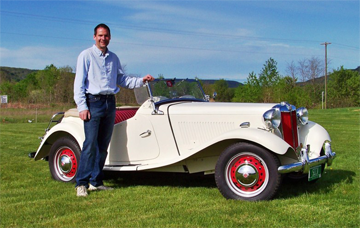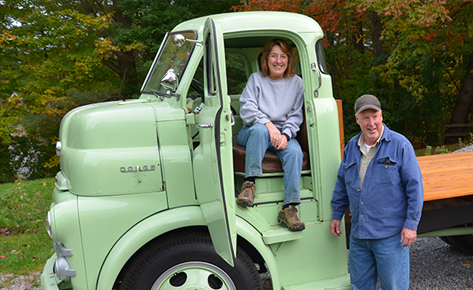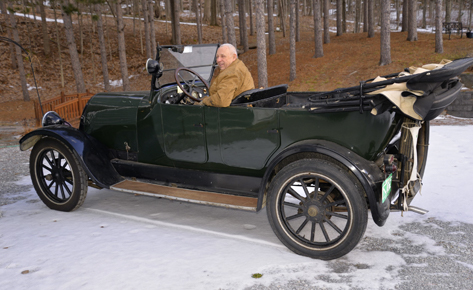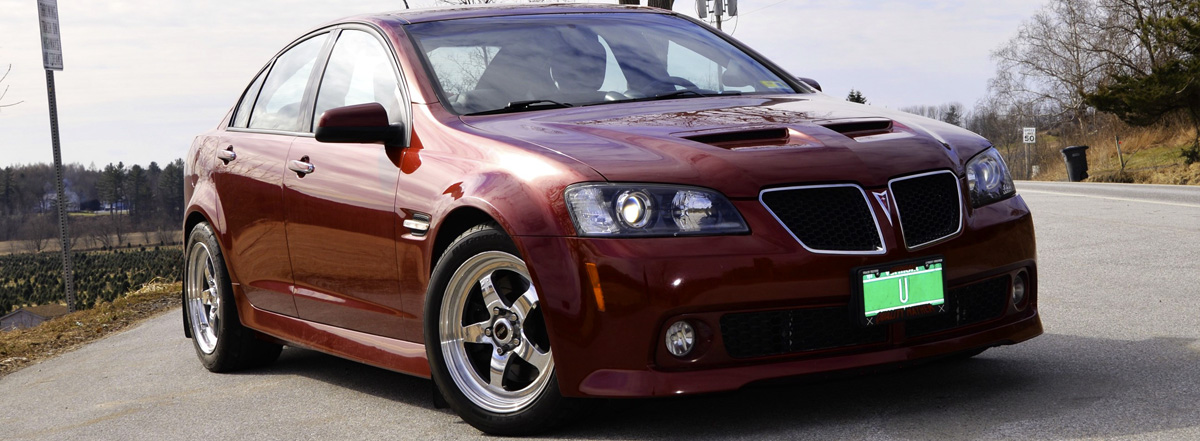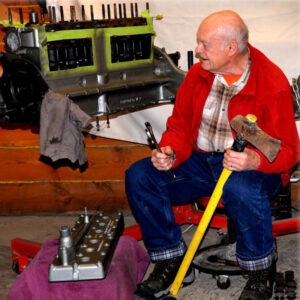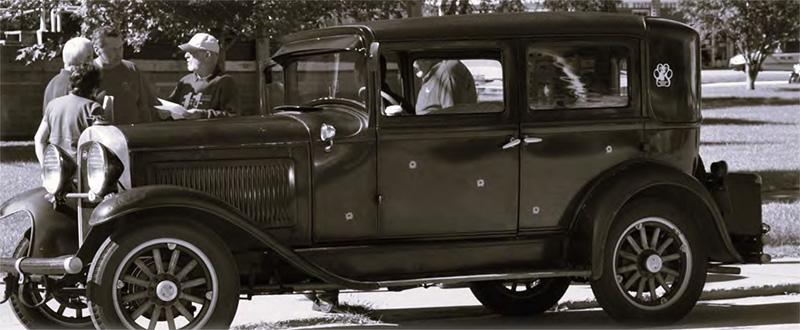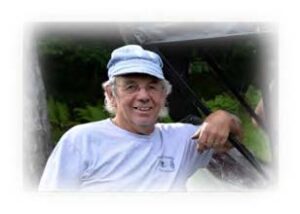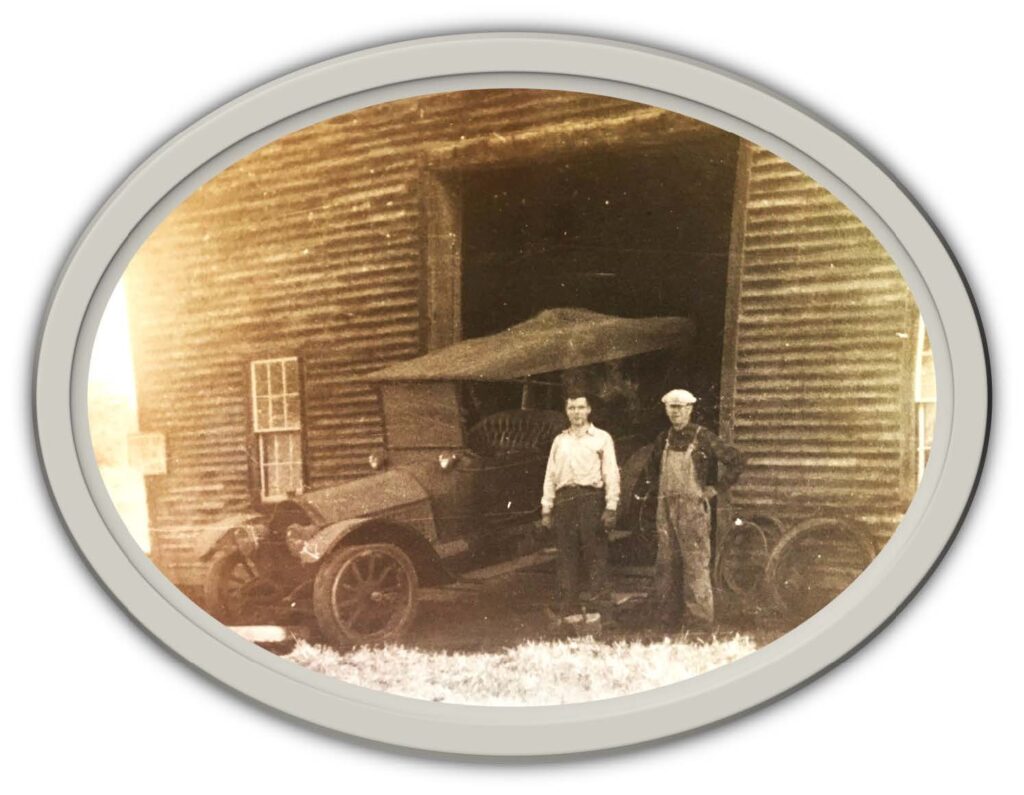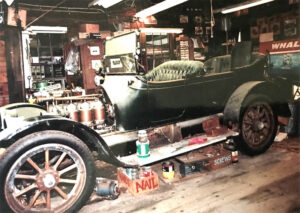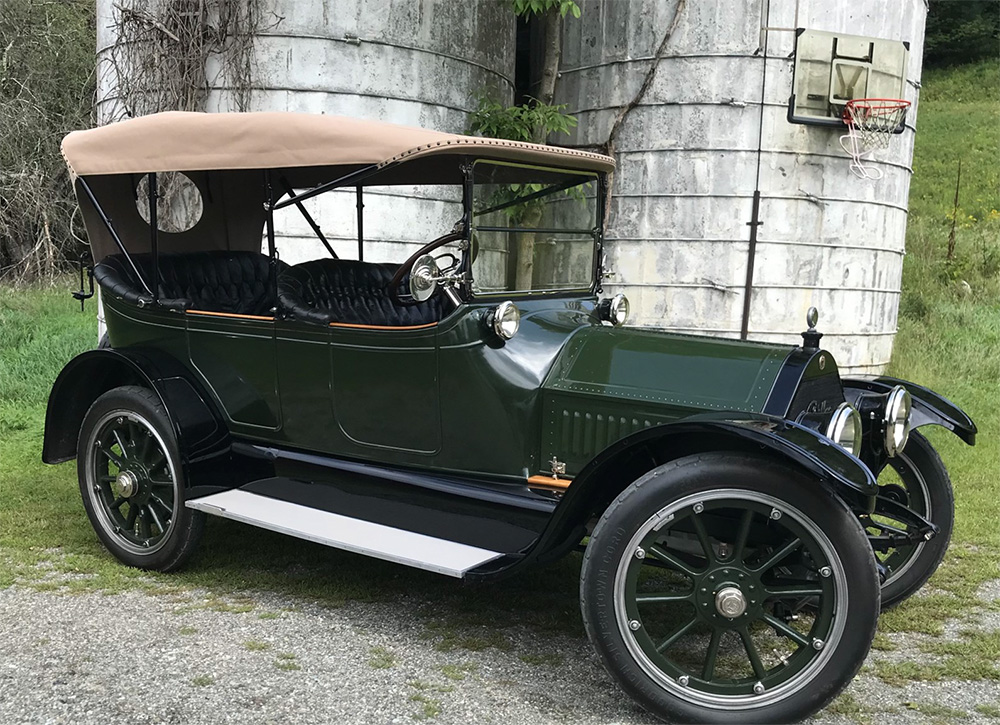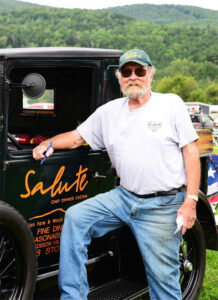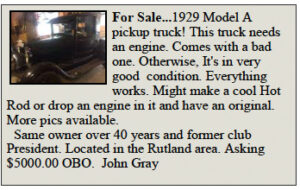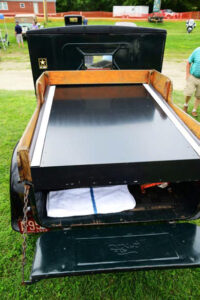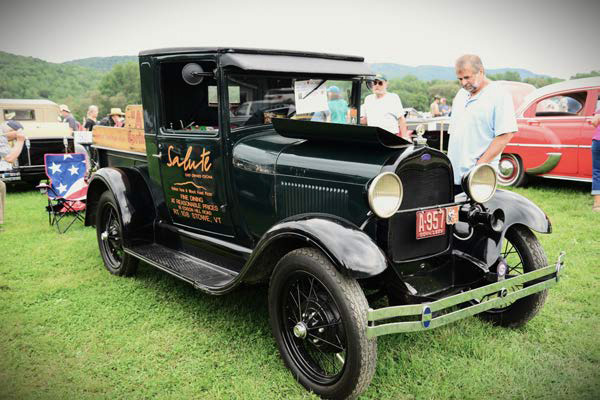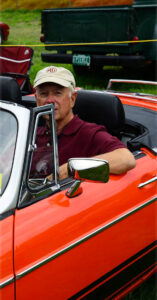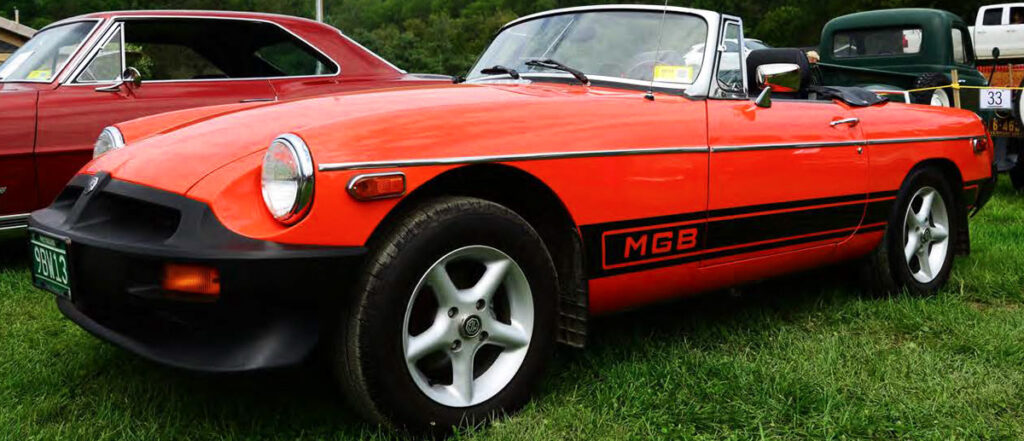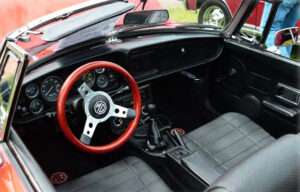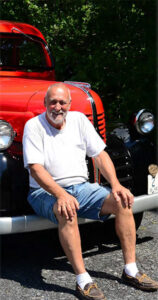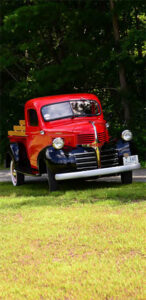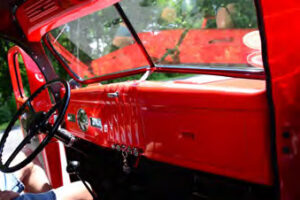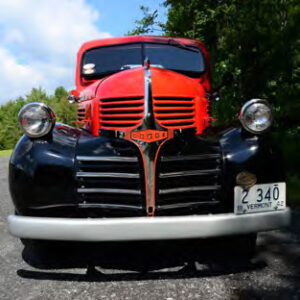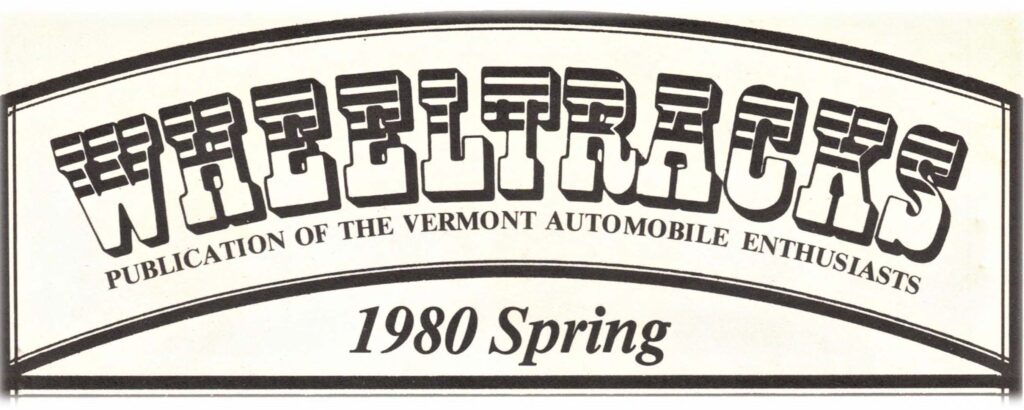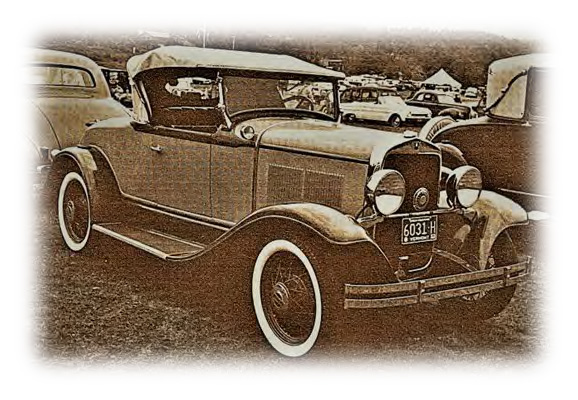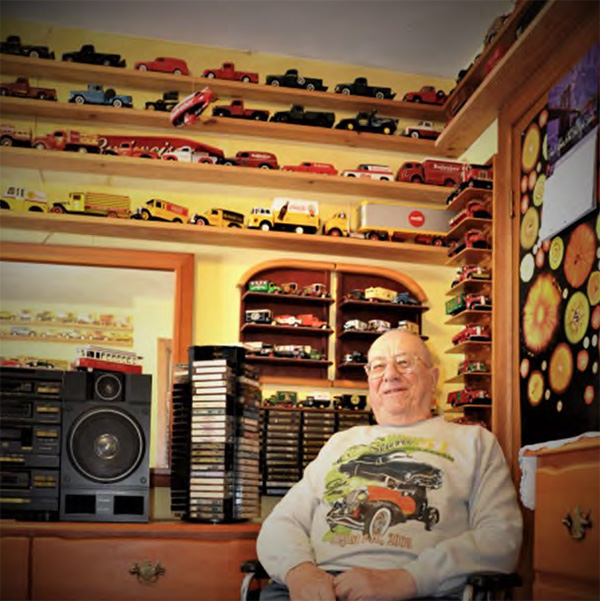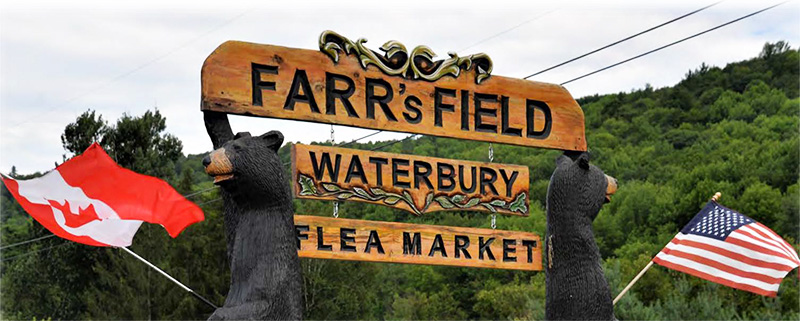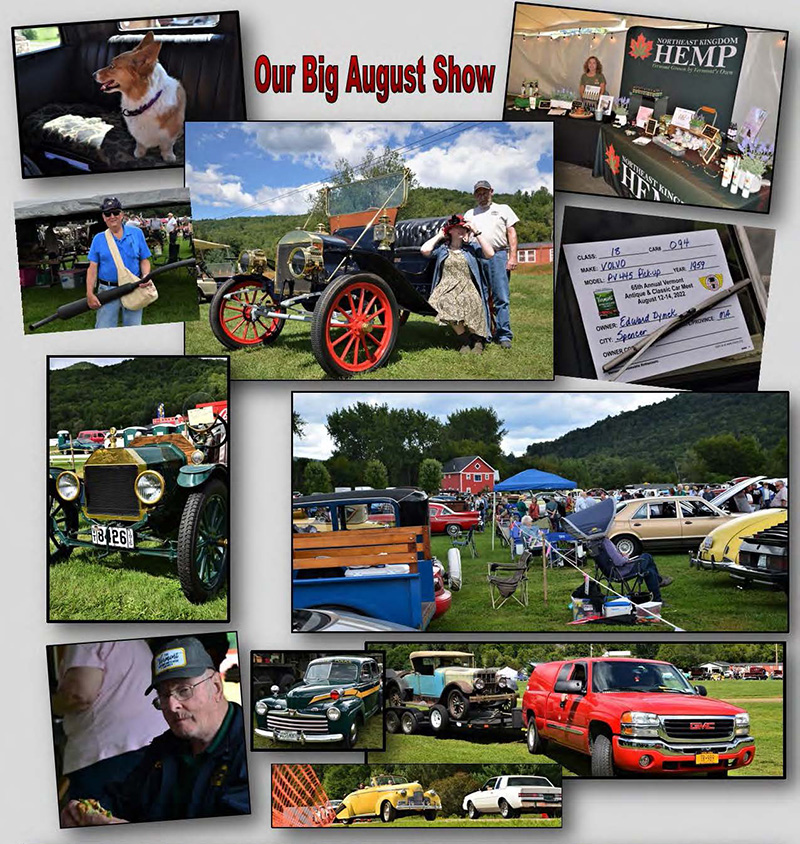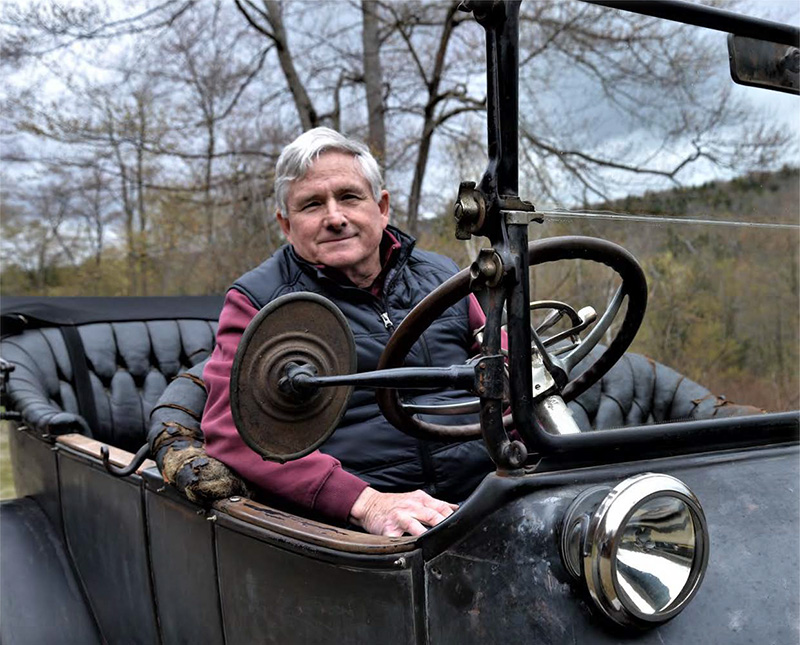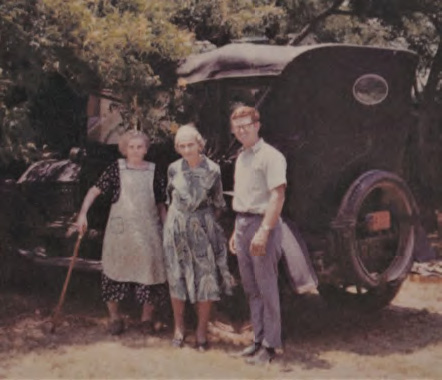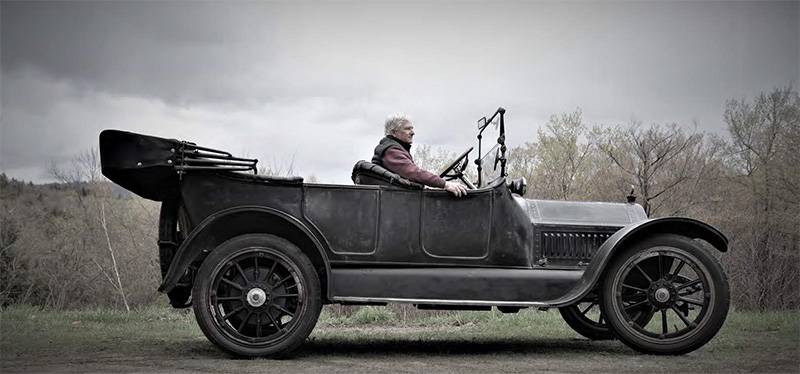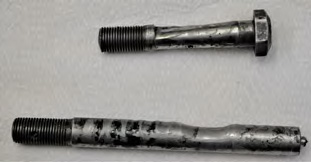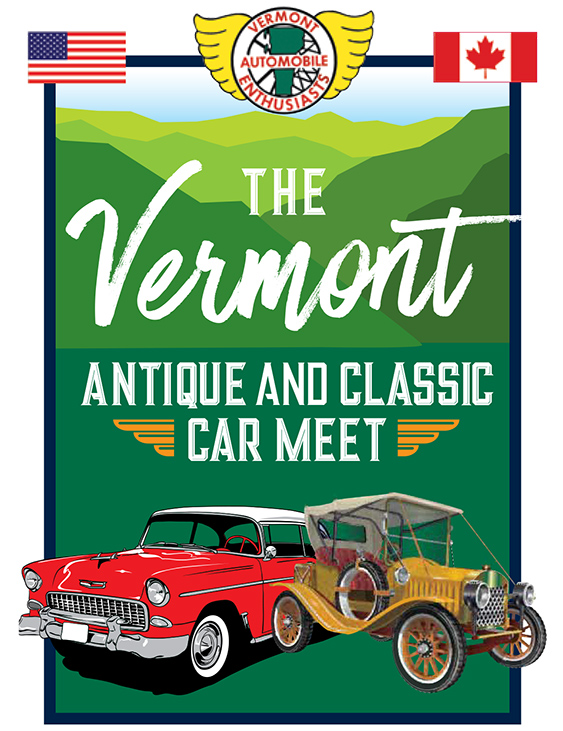This is not a quiz, just a question… What country do you think built and exported John Malinowski’s Beautiful 2009 Pontiac G8?
Plus, what is with “U” John?
I grew up in Western New York, in a town called Elma. One of my first jobs was at a beer distribution company, I worked as a beer truck mechanic.
Later I took a job at IBM as a field service technician working with Selectric typewriters. From there, we moved to Yorktown Heights, NY where I joined IBM’s Research Center before finally landing in Jericho, VT in 1996.
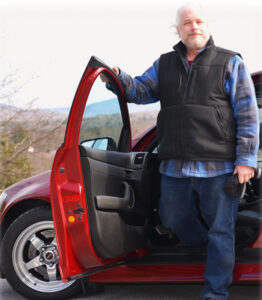
I have a mechanical curiosity that came from my father. My much older brother kept coming home with a variety of Mach 1s and Boss versions Mustangs and that got me hooked. Once I got my license, I picked up a ’73 Chevelle and a ’67 GTX, spending many hours keeping them going with minimal funds and the skills I picked up at the BOCES tech center in East Aurora. I earned an ASE autobody certification after high school, and found painting was fun and rewording once done right.
Somehow, I went for a hands-on mechanical life to “Imagineering” as I started a 40-year career in semiconductors where you need a scanning electron microscope to see what you were building. Yet, I still had the drive for hands on-work.
One day in Vermont, with our family growing, I spotted a remarkable new vehicle sitting in a lot in St. Albans. It was a 2009 Pontiac G8. I fell for the looks and performance immediately. RWD, a 6.0-liter LS V8 engine weighing only 4000 pounds. At the same time, I figured with my daughter going to school in Boston, we needed a reliable vehicle, newer than the 2000 van we were driving…… what a coincidence!
Not only was the G8 stunning and powerful, but it was also an import. GM had a subsidiary called Holden, in Australia, manufacturing a world car called the Commadore. Manufactured in LH and RH drive versions it was marketed in the United Kingdom (Vauxhaul VXR8), China (Buick Park Avenue), South Africa (Chevrolet Lumina SS), South America (Chevrolet Omega) and South Korea (Daewoo Veritas). The chassis is known as the “Zeta Platform” which is the same as used in 2010-2015 Camaros with most chassis and engine parts interchangeable.
After a few years, the car had been driven less and became a weekend/fun car, a unique car with daily driver manners. This G8 was built in Elizabeth, Australia on 10/22/2008. It is 1 of 1527 built in Red Passion Metallic (Sport red in USA) with premium options.
A 6L80 six speed automatic transmission sends power to the independent rear suspension.

From Wikipedia…… By December 2008, the rear wheel drive G8 had not become the expected sales replacement for the previous front-drive models, with 11,000 unsold G8s in the inventory and just 13,000 sold. During the 2009 global economic downturn, market prices had dropped by $3000–5000 below GM’s sticker price for the car. By July 2009, there were only 5,000 unsold G8s in inventory, with almost 30,700 sold.
With the imminent demise of the Pontiac brand, a result of GM’s Chapter 11 bankruptcy, the 2009 model year marked the end of all Pontiacs, including the G8. However, in July 2009, Bob Lutz made an off-hand comment during a press review that the G8 would be revived as the Chevrolet Caprice. Subsequently, Lutz retracted this statement, citing market conditions. Nevertheless, General Motors announced the Chevrolet Caprice Police Patrol Vehicle (PPV) in 2009, which Car and Driver described as a successor to the G8.To fill the gap left by the G8, GM announced the Chevrolet SS, a RWD V8 powered sedan for 2014 based on the Holden Commodore (VF). Editor note…… A few Caprice Police Vehicles even made it to Vermont.
